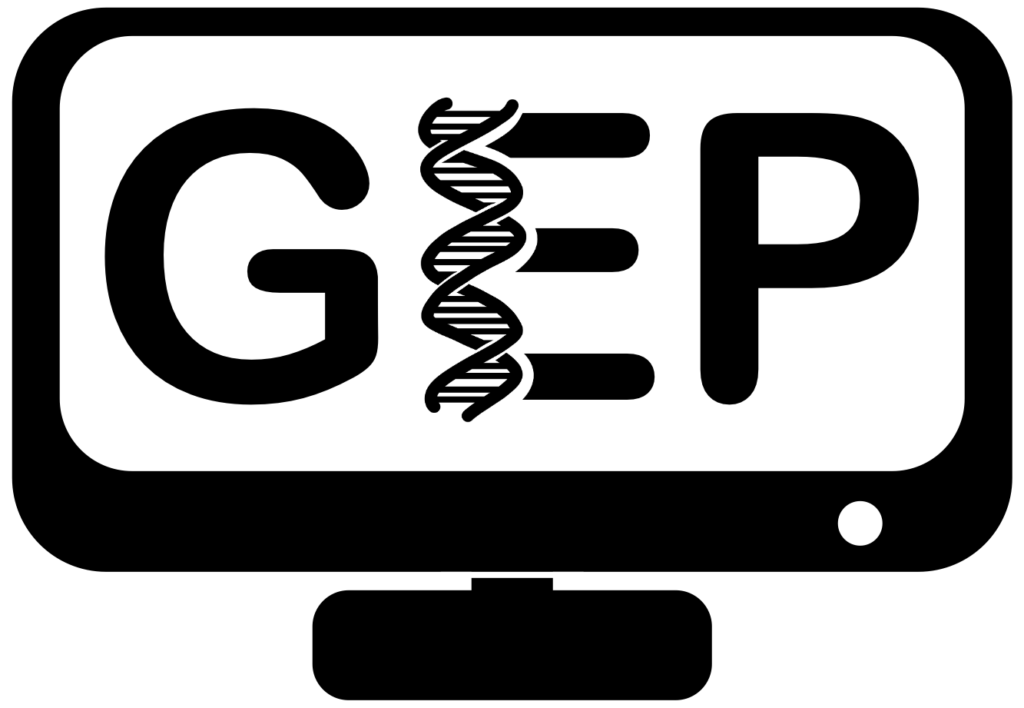This lecture is Part 1 of a 4-part series—F Element Project: Annotated Lecture Slides.
This lecture introduces the following topics:
Development of the nucleosome model represents a paradigm shift in our thinking about chromosomes, and slides are included pointing out how this model was initially rejected, but subsequently achieved widespread support in the scientific community.
- C-value paradox (2 slides)
- explains how we first recognized that eukaryotic genomes are full of repetitious sequences by using Cot curves (11 slides; allows you to remind students about second order rate equations they learned in freshman chemistry!);
- repeat characteristics of eukaryotic genomes (5 slides);
- the need to package all that DNA to get it into a nucleus (3 slides);
- the development of the nucleosome model (11 slides);
- the relationship between nucleosome arrays and gene expression (4 slides).
Development of the nucleosome model represents a paradigm shift in our thinking about chromosomes, and slides are included pointing out how this model was initially rejected, but subsequently achieved widespread support in the scientific community.
